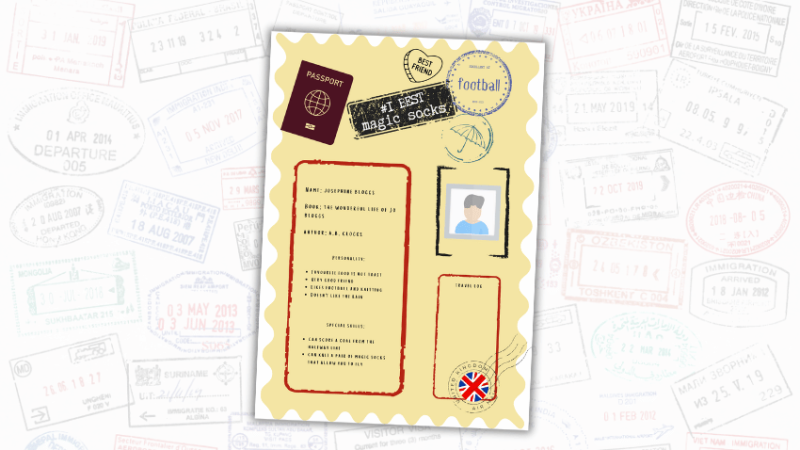How to help children develop brilliant proof-reading skills

Effective writers need strong editing and proof-reading skills, says Shareen Mayers – so here’s how to develop them…

Perhaps one of the most often overlooked aspects of the 2014 English national curriculum is its salient focus on pupils being able to edit their writing, and to proof-read for punctuation and spelling errors. Both skills, and the latter especially, require explicit modelling from teachers if they are to be successfully developed in pupils.
Whenever I run training on teaching writing, the issue of editing and proofreading always generates the most discussion. Very often it is because these skills are not always explicitly addressed in the busy world of teaching English.
Editing requires pupils and their peers to propose changes to vocabulary and grammar in order to make their writing more interesting to read; so, for example, a simple phrase like ‘I was scared’ could be exchanged for, ‘I felt apprehensive – anxious that no one would find us!’.
Learners might also check that they have used the correct tense throughout their work. The best way to teach editing is to model the process to pupils, perhaps spending time with small groups to demonstrate how it works in practice.
Proof-reading involves pupils checking their work for punctuation and spelling errors only – for example, they should note whether they have used brackets and full stops correctly.
The spelling rules they use while proofreading should focus on the patterns they are studying as a year group; this enables pupils to explore challenging vocabulary.
One of the most effective strategies for teaching writing is to show examples of model texts to the whole class, and demonstrate how changes can be made to real pupils’ work.
Model and share
Websites like Pobble are great for finding examples of authentic writing to share with your class, so you can make positive adjustments to grammar and vocabulary together.
This is also a good opportunity to ask pupils to help with spelling errors or to support particular rules. For example, ‘I am not sure how to spell ‘playful’. Can someone help me? Can we sound this out?’
Proof-reading should be seen as a separate skill and may require a separate lesson initially so that pupils understand the disparity between it and editing. One of the fundamental differences between the old curriculum and the new one is the focus on pupils applying their knowledge of spelling to their writing.
Many teachers have expressed that some learners find it difficult to spot errors. However, it is important to point them out (sensitively) to pupils initially, before expecting them to find mistakes independently in their own writing.
This can be tackled as a whole class rather than with individual pupils (unless there is a particular error unique to one learner). It is also important to remember that making ‘phonetically plausible attempts’ no longer features in the new curriculum. Pupils should discuss their errors and learn alternative spellings.
A key aspect of the national curriculum is to write for a range of purposes. There is, of course, still room to teach text types but changing the focus to an emphasis on ‘purposes’ is a particularly significant way to improve editing and proof-reading skills.
For example, if the purpose is ‘to persuade’, you could follow this process:
Step 1 – Read, comprehend, analyse
Begin by using a quality persuasive text as the stimulus for all writing. Unpick the key features and learn from its grammar, vocabulary and punctuation used for effect. This is also a good time to teach comprehension skills, asking questions about the content.
Step 2 – Plan, draft, write, edit and proof-read
Using the stimulus text, pupils should plan, draft or write a persuasive advert, making notes of the key features of persuading, e.g. using facts and figures, groups of three (eg fun, fit and fabulous) and rhetorical questions. Model explicitly how to edit, improve and proof-read pupils’ work, using an example created as a class.
Step 3 – Apply to a range of writing with the same purposes
Once pupils have had the time to be explicitly taught a particular purpose and have edited and proof-read the grammar and punctuation for their year group, give them opportunities to apply this knowledge to a few more pieces with the umbrella purpose of persuasion.
They can then write a persuasive speech or poster but this time, they should evaluate and edit their work independently. Having a focus on the purpose for writing means that pupils can apply their editing and proof-reading skills in a different context, without having to re-teach the purpose and ensuring independent application.
Pupils should be able to…
Year 1
- Re-read what they have written to check it makes sense
- Discuss what they have written with the teacher or other pupils
Year 2
Make simple additions, revisions and corrections to their own writing by:
- Evaluating their writing with the teacher and other pupils
- Re-reading to check that their writing makes sense and that verbs to indicate time are used correctly and consistently, including verbs in the continuous form
- Proof-read to check for errors in spelling, grammar and punctuation
Years 3 and 4
Evaluate and edit by:
- Assessing the effectiveness of their own and other’s writing and suggesting improvements
- Proposing changes to grammar and vocabulary to improve consistency, including the accurate use of pronouns in sentences
- Proof-read for spelling and punctuation errors
Years 5 and 6
Evaluate and edit by:
- Proposing changes to vocabulary and grammar, to enhance effects and clarify meaning
- Ensuring the consistent and correct use of tense throughout the piece
- Ensuring correct subject and verb agreement when using singular and plural, distinguishing between language of speech and writing and choosing appropriate register
- Proof-read for spelling and punctuation errors











